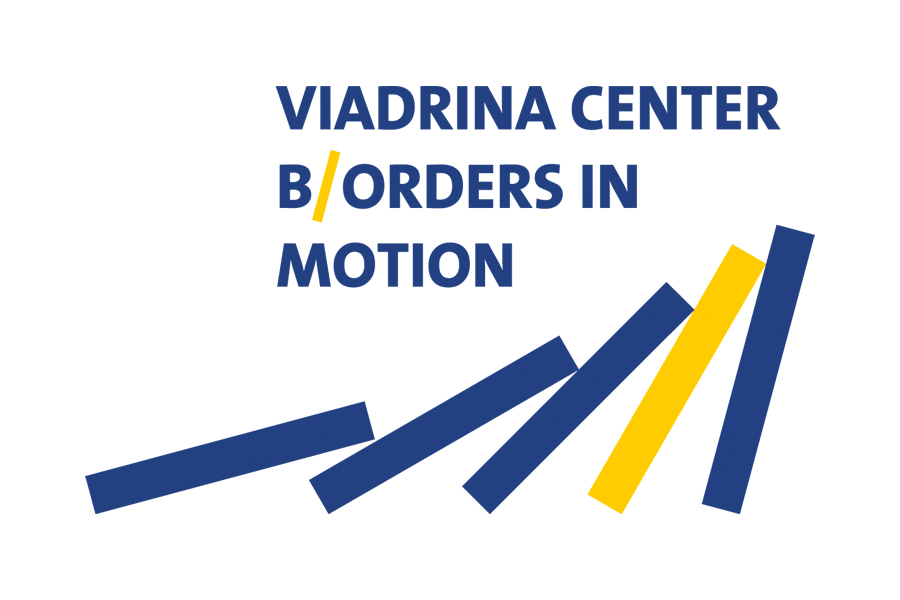The globalised periphery: Atlantic trade, socio-economic and cultural change in Central Europe (ca. 1680 to 1850)
TEXT
Project management:
- Prof Dr Klaus Weber (Chairholder, European University Viadrina)
Cooperation partners:
- Prof Dr Dagmara Jajeśniak-Quast (Director, European University Viadrina)
Funding institution:
German Research Foundation (DFG)
Project duration:
2015 - 2018
Project description:
The relationship between early modern Central Europe - broadly defined as the territories of the Holy Roman Empire - and the Atlantic world has been largely ignored in Atlantic history research. This project examines the integration of seemingly isolated peripheries into global markets by
- the export of Central European products for the purchase of African slaves and consumption in the New World,
- imports of African and American products and their impact on the material culture and social fabric of the empire.
These topics will be analysed by means of three interrelated sub-projects on the long 18th century, in which both the transatlantic slave trade and the plantation systems, as well as the European proto-industries reached their peak.
Low wages in Pomerania, Silesia, Galicia, etc. made it possible to keep linen from this region competitive with cotton fabrics from India on Western European, African and American markets. The networks of Silesian linen merchants, who established contacts in the seaports of Western Europe to distribute their goods, will therefore serve as a case study within the project. A second sub-project deals with Central European goods that were delivered to Africa via France and Portugal, where the differentiated demand in turn stimulated production in Central Europe. This part of the project will visualise the Central European interests in the slave trade and also keep an eye on Huguenot and Sephardic trader networks. The third sub-project examines the effects of the increasingly widespread consumption of Atlantic products on social transformations (such as the emergence of "middling sorts"), also with a view to lesser-known goods.
The integration of European peripheries into global markets and the demographic growth made possible by additional income from proto-industrial employment suggest a "labour-intensive" development in Central Europe as opposed to the "capital-intensive" development that is considered a European characteristic. By questioning the common dichotomy between Asia and Europe using Central European examples, this hypothesis contributes to current debates on the different paths to industrialisation.
Anka Steffen wrote her dissertation "Die 'Priesterschaft des heiligen Merkur'. Silesian Economy in a Global Context" on 22 June 2023 in Bamberg, received the dissertation prize of the Society for Global History. The Viadrina-Logbuch conducted an interview with the author, which can be found HERE.
Publications:
Weber, Klaus/ Wimmler, Jutta (ed.):"Globalized Peripheries. Central Europe and the Atlantic World, 1680-1860", Suffolk: Boydell & Brewer 2020.
Wimmler, Jutta:„The Sun King's Atlantic. Drugs, Demons and Dyestuffs in the Atlantic World, 1640 – 1730“ (The Atlantic World, Band 33), Leiden: Brill, 2017.
